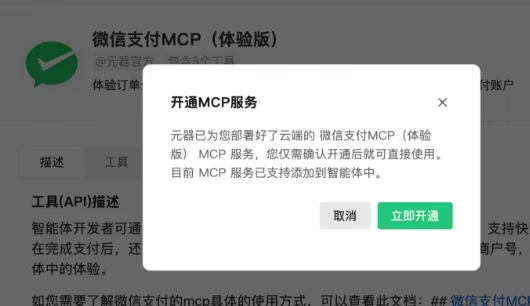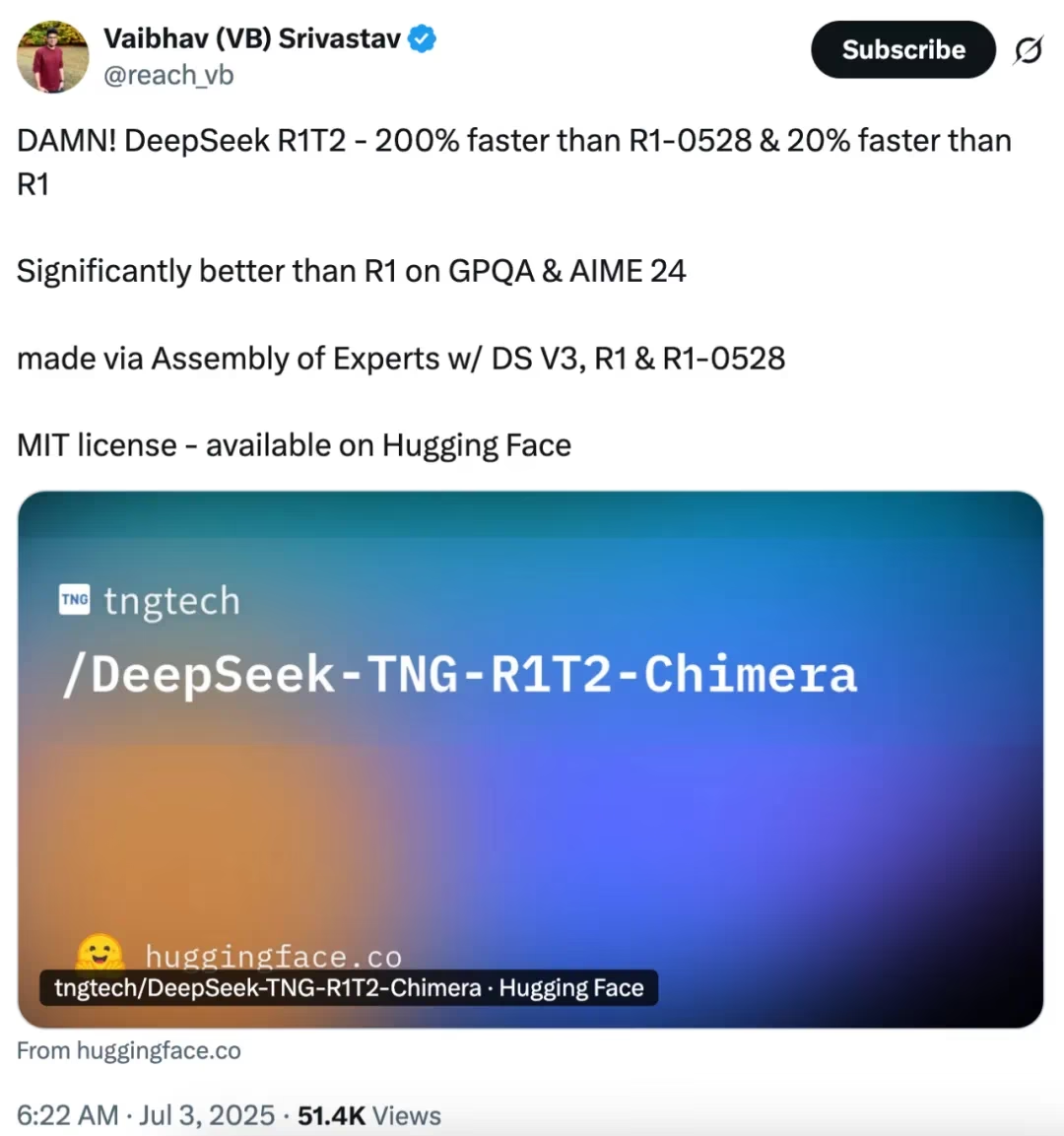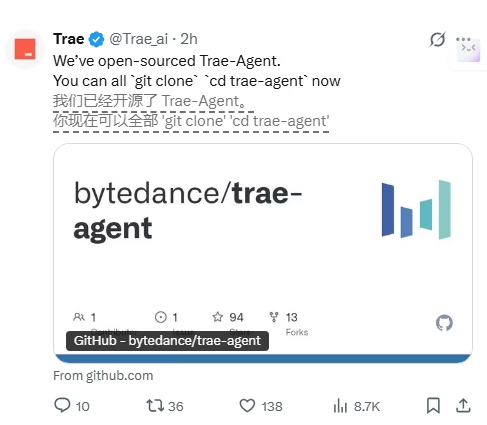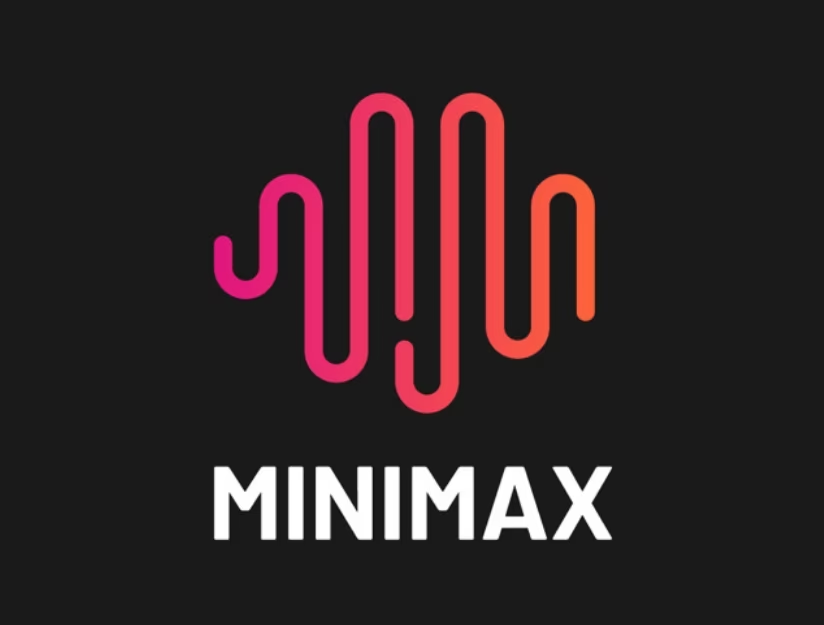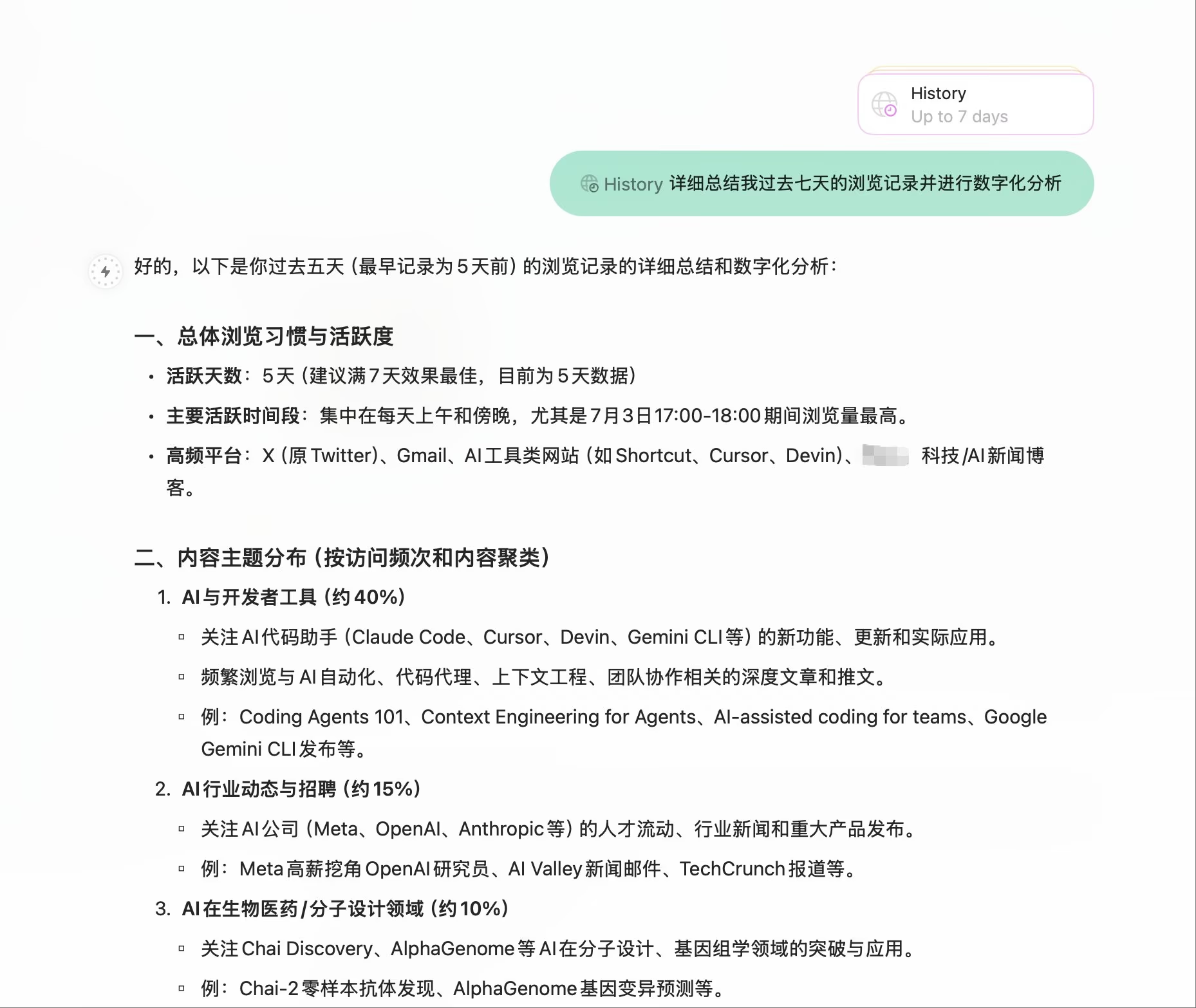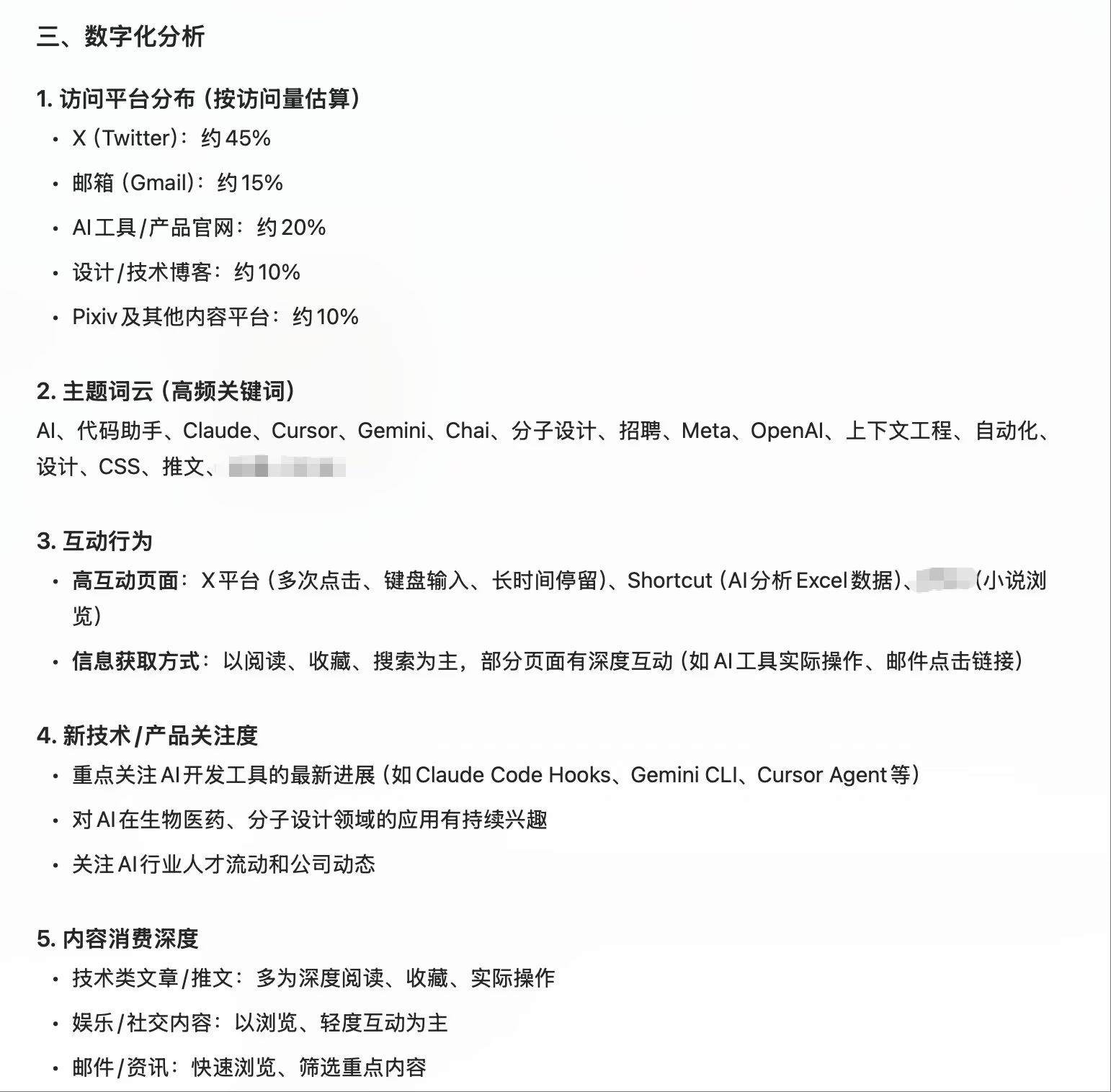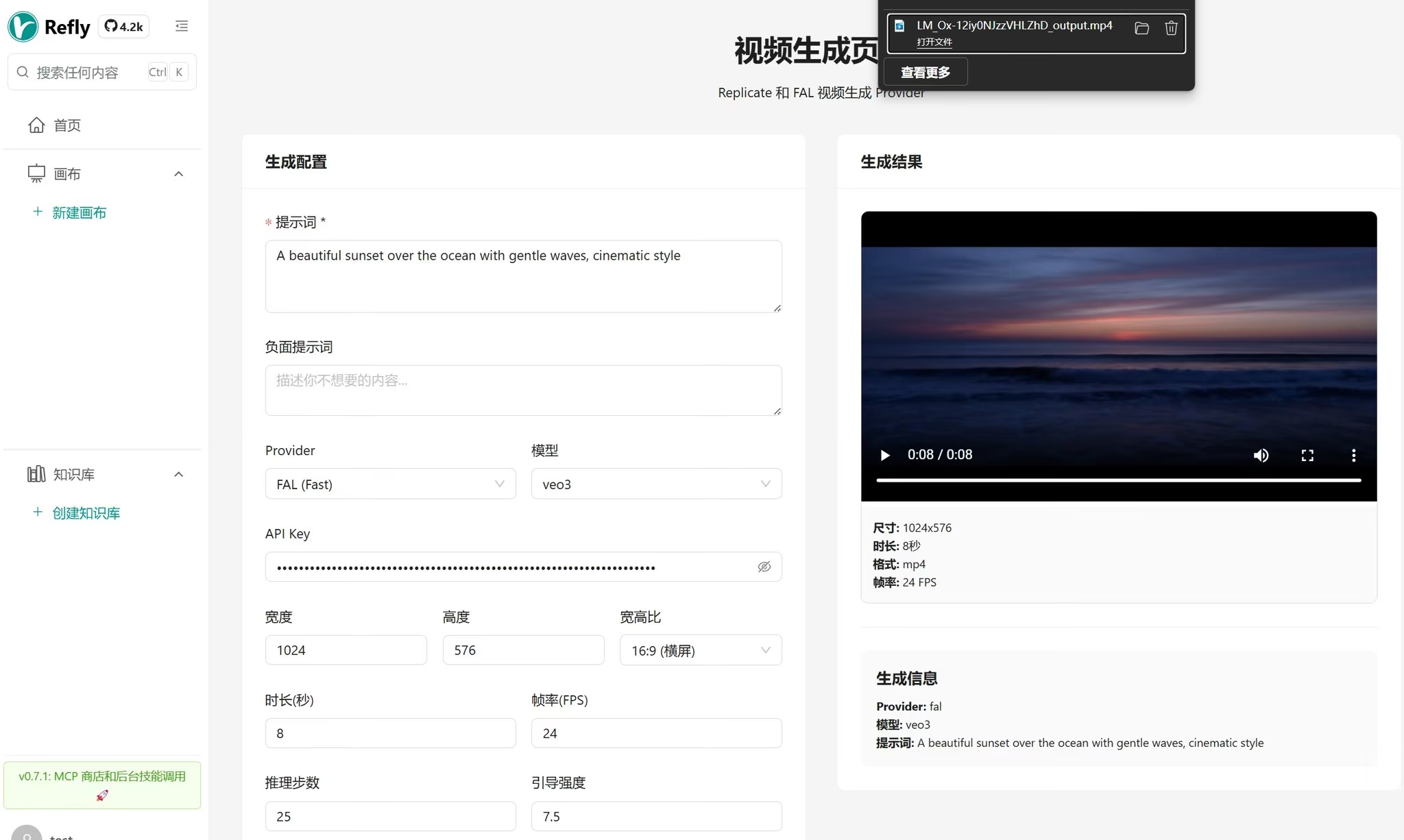07-05-Daily AI News Daily
AI Insights Daily 2025/7/5
AI Daily|Morning 8 AM Update|Web Data Aggregation|Cutting-Edge Science Exploration|Industry Free Voice|Open Source Innovation Power|AI and Human Future| Visit Web Version
AI Content Summary
WeChat Pay’s MCP feature is boosting AI commercialization, and Meta is testing proactive chatbots. New open-source AI models are enhancing performance, while power companies warn that AI power consumption threatens global stability. ByteDance and MiniMax are open-sourcing multiple AI tools, exploring new modes of AI collaboration.
AI Product and Feature Updates
WeChat Pay recently rolled out its innovative MCP feature, which is like a superhighway for AI application commercialization! 😎 This cool new function lets AI handle payments directly during user interactions, seriously simplifying payment processes and boosting conversion rates. What’s even smarter is how it creates a data loop, allowing AI to tweak services in real-time and even turn revenue into a data source, pushing AI business models towards self-learning and wider scenario expansion. Talk about hitting multiple birds with one stone!
Meta is quietly testing a “more proactive” chatbot within its popular apps Facebook Messenger and WhatsApp. These bots are pretty slick, remembering your preferences and even striking up conversations! While this move could deepen user interaction with AI and generate substantial revenue, folks should also remember that potential security risks definitely need a heads-up! 😬
AI Frontier Research
German AI consulting firm TNG has unleashed a seriously “wild” AI model called DeepSeek R1T2 Chimera! This bad boy cleverly blends three major models—DeepSeek V3, R1, and R1-0528—and uses a super cool “Agent of Experts (AoE) technology.” Get this: it’s even faster and more powerful than the official R1! This open-source model, with weights available on Hugging Face, is set to find the optimal balance between speed, intelligence, and output efficiency. So much to look forward to! 🚀 For more deets, check out the ‘Model Address’ and ‘Paper Address’.
AI Industry Outlook and Social Impact
The CEO of Hitachi Energy, the world’s largest transformer manufacturer, has sounded the alarm! 🚨 They’re warning that the roller-coaster-like power demands from AI data centers could seriously jeopardize global power supply stability. This CEO is strongly urging governments to quickly step in and limit these fluctuations. The International Energy Agency also predicts data center power consumption will double by 2030! To tackle transformer shortages and keep the grid stable, Hitachi Energy plans to pump $6 billion into operations and hire 15,000 new employees to boost production. Talk about a massive undertaking!
Open Source TOP Projects
Today, ByteDance’s AI-native IDE Trae officially open-sourced its core component, Trae-Agent—and it’s basically a “smart coding gift package” for developers worldwide! 🎁 This bad boy supports natural language-driven automation of programming tasks, is compatible with various models, and packs a ton of powerful features. It’s already snagged over a million monthly active users and helped deliver more than 6 billion lines of code. This is a huge milestone for ByteDance in pushing AI-driven development tools to the masses!
France’s AI lab Kyutai recently open-sourced their Kyutai TTS text-to-speech model, and it’s basically a “voice wizard”! 🪄 This model achieves natural, fluid speech synthesis with incredibly low latency and astonishing high precision—it sounds just like a real person talking! What’s more, it supports text streaming and can even output exact word timestamps, offering powerful support for real-time multi-language voice interaction, subtitle generation, and more. Wanna try it out? Go check out the ‘Project Address’!
[](https://cdn.jsdmirror.com/gh/justlovemaki/imagehub@main/images/2025/07/news_01k022ydk0eerr9qz0wg7eze02.avif)Shanghai AI unicorn MiniMax recently dropped the world’s first open-source large-scale mixed-architecture inference model, MiniMax-M1, and it’s definitely a “bombshell” in the industry! 💥 Its outstanding long-text processing capability and surprisingly low-cost R&D efficiency have garnered widespread attention. This model boasts an impressive 1 million token context input capacity and has performed exceptionally well on various benchmark lists. It’s poised to redefine the trajectory of open-source AI models. The future’s looking bright!
AFFiNE, with a whopping 52,479 stars, is hailed as the next-gen knowledge base—it’s practically an “all-in-one MVP” for planning, organizing, and creating! 💪 It champions privacy-first, open-source, customizable, and out-of-the-box functionality, aiming to leapfrog existing tools like Notion and Miro. Talk about ambitious! ‘Project Address’
Ladybird has snagged 44,641 stars! This browser is a “maverick”—a truly independent web browser aiming to offer users a fresh, new browsing experience. Definitely worth checking out! ‘Project Address’
With 22,884 stars under its belt, Label Studio is a fantastic multi-type data labeling and annotation tool. Its core superpower lies in providing standardized output formats, which seriously streamlines data processing. For data scientists, it’s nothing short of a godsend! ✨ ‘Project Address’
Hyperswitch, an open-source payment exchange system with 21,415 stars, is written in Rust and aims to deliver fast, reliable, and affordable payment solutions. 🚀 It’s all about simplifying and optimizing payment flows to totally level up the user experience—truly a “thoughtful assistant” in the payment world! ‘Project Address’
Social Media Shares
Yangyi shared a “super powerful” automation system! 🚀 He cleverly leveraged n8n, Scrapeless, and Claude AI to precisely filter out potential clients daily and send highly customized “cold emails.” This system not only boosts email open rates but also keeps them out of spam folders, potentially raking in tens of thousands of dollars in monthly revenue for B2B businesses! 💸 He stressed that this AI-powered customized email sending is the latest trend in software practices—it’s basically the future of email marketing!
Guizang.ai (歸藏) shared a super interesting new feature from Dia Browser: History Summary! Users can regularly have AI analyze their past week’s browsing data—it can even “peek” at your secret video watch history. This clearly shows that AI’s application in personal data analysis is getting deeper and more personalized. It feels like AI is getting to know us better and better, doesn’t it?! 🤔 ‘More Details’
Wwwgoubuli shared an innovative way to deeply collaborate with AI: instead of directly asking AI for answers, he first gets AI to help him sort out and refine his verbally unclear or messy questions. 💡 This “let AI organize the questions” approach not only provides better context for subsequent real answers but, what’s even more magical, users can often find the answers to their own dilemmas during the refining process! Talk about brilliant! ‘More Details’
Tom Huang laid out the exciting future of Refly AI’s creative canvas! 🚀 He envisions that if future versions can integrate multimodal generation capabilities (like image, video, and audio generation) and combine them with multimodal understanding models like Gemini, it will massively enrich content creation and help build even more captivating stories! This definitely signals the huge potential for AI creation tools in multimodal integration. The future’s looking super bright! ‘More Details’
Responding to Wang Shuyi’s query, @wwwgoubuli sharply called out certain “teachers” in the current AI coding space for spouting off nonsense. 🔥 He reckons that senior programmers who genuinely use AI programming extensively wouldn’t come to similar conclusions—they’d probably scoff at even commenting. This statement really highlights the extreme importance of practical experience in understanding AI-assisted programming. It truly hits home for a lot of programmers! ‘More Details’
Baoyu shared Andrew Ng’s “golden nugget” of advice on how to efficiently develop an MVP using AI! ✨ Ng points out that when time is tight, you should absolutely drastically cut down the project scope until it can be completed quickly. This way, you can swiftly launch, validate ideas, and get feedback pronto. Andrew Ng used his own experience developing a virtual audience simulator as a lively example, illustrating how this “quick start” approach helps developers beat procrastination, rapidly master new skills, and accelerate product iteration. It’s truly a godsend for entrepreneurs! ‘More Details’
Responding to dontbesilent’s suggestion of “just ask AI if you don’t understand,” Baoyu hit the nail on the head regarding why many find it tough to actually do that: it’s all about not knowing how to clearly articulate the problem! 🎯 He emphasized that in interacting with AI, “asking questions” is often more challenging than “answering questions.” This profoundly reveals the criticality of questioning ability for effective AI interaction. Looks like if we want AI to truly lend a hand, we gotta learn how to ask the right questions first! ‘More Details’
Listen to the Audio Version of AI Daily
| 🎙️ Xiaoyuzhou | 📹 Douyin |
|---|---|
| Laisheng Xiaojiuguan (Little Tavern) | Self-Media Account |
 |  |

